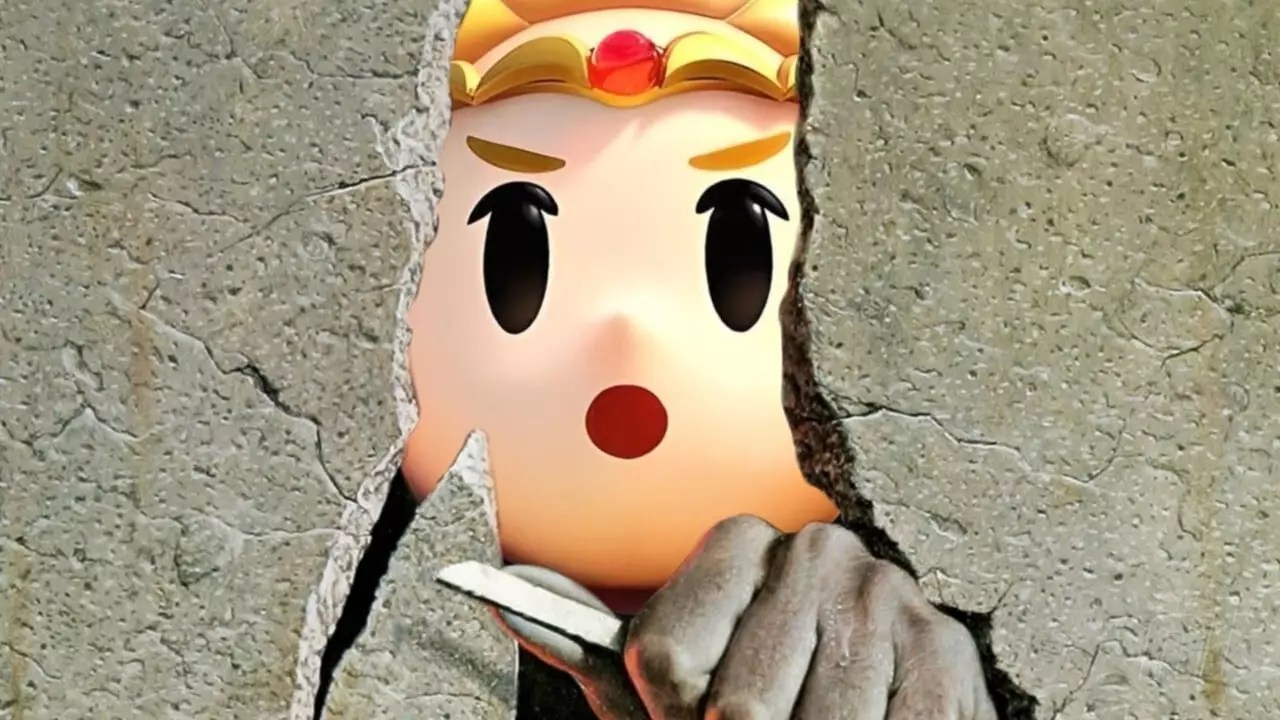The striking landscapes and fantastical creatures of Hyrule have always drawn players into the enchanting world of The Legend of Zelda. While the legendary gameplay and storytelling captivate audiences, one aspect that consistently perplexes is the kingdom’s less-than-stellar approach to incarceration. In this exploration, we’ll examine the myriad shortcomings of Hyrule’s prisons, especially as they manifest in the latest installment, *Echoes of Wisdom*.
The Immediate Impressions of Hyrule’s Security Systems
Upon entering *Echoes of Wisdom*, players are met with the amusingly poor conditions of Hyrule’s prisons. As our hero, Link, finds himself trapped, one cannot help but feel entertained by the absurdity of the situation. The initial laugh arises from the blatant structural flaws in the cells themselves. For instance, witnessing a glaring gap in the wall above a bench begs the question: Why isn’t anyone taking basic safety measures regarding their prisons? The design seems less a fortified cell and more a half-hearted suggestion to escape.
This simplicity becomes both a source of humor and frustration. While new players might appreciate an easy escape route, it does raise serious concerns about the kingdom’s security protocols. It seems as if Hyrule’s rulers have put little thought into protecting their realm from those who might bring great harm. A kingdom built on both ancient wisdom and magic should have more robust structures to contain even the most mundane threats, yet they appear embarrassingly inadequate.
Looking back at past Zelda games, the pattern reveals a troubling trend: the literal and metaphorical holes in prison design. Take *Twilight Princess*, for instance, where Link’s imprisonment is similar in execution. Though he is chained to the ground, a mere wooden crate grants him freedom yet again. This raises a crucial point about how the prisons often seem less about confinement and more about humorous gameplay mechanics. Designers may prioritize player engagement over logical storytelling, providing escapable environments that hinder the narrative’s credibility.
The juxtaposition of a hero slipping through walls and receiving minimal resistance from guards turns the narrative strawman of imprisonment into an incredulous joke. This quirkiness, while engaging, lessens the stakes and reality of imprisonment within the narrative world Hyrule occupies. At the end of the day, when prisons are designed with such glaring oversight, one can’t help but feel the sincerity of Hyrule’s dangers diminishes.
In *A Link Between Worlds*, players encounter arguably one of Hyrule’s better-designed prisons, known as the Thieve’s Hideout. While every cell actively separates the inmates from the outside world, it too contains a glaring oversight: an easily accessible switch that can unlock the cell door. This design blunder illustrates a fundamental misunderstanding of confinement. If a prison allows inmates access to their freedom via a switch that can be accessed from inside the cell, what is even the purpose of those prison walls?
Going even further, one must question the rationale behind the placement of crucial control mechanisms. It raises serious concerns about how much care is vested in security and safeguarding against not just power players like Link but potential threats to the kingdom as a whole.
Lessons from Gerudo Prison Protocols
In contrast, *Ocarina of Time* presents a refreshing shift with the Gerudo’s high-security cells. Upon capturing Link, the Gerudo set a new standard for prison design—eliminating any suggestive escape routes. Yet, even they leave a window for potential freedom, illustrating an ongoing pattern of security weaknesses throughout Hyrule. The presence of an overhang, available in plain sight, slightly undermines the otherwise strategically advantageous design.
This ongoing theme of not taking prison design seriously adds a comical dimension to the games. However, it also aligns with a significant narrative point: if Hyrule’s prisons can be escaped from with evident ease, what does it say about the kingdom’s response to larger threats? More importantly, what does it say about how players engage with the stakes surrounding their adventures?
The Future of Hyrule’s Incarceration Systems
As *Echoes of Wisdom* expands on the Zelda franchise’s legacy, it challenges creators and fans alike to reconsider Hyrule’s prison security. Is it merely an element of comic relief, or does it obscure the tension and danger these characters face? As players traverse through these easily escapable dangers, there lingers the hope that future games may reflect a more serious approach to Hyrule’s security—a place where prisons contain the inherent risks of a world filled with magic and monsters.
The charm of *The Legend of Zelda* series brings with it the responsibility to uphold a balance between accessibility and the logical coherence of its universe. Players remain hopeful that, alongside captivating storytelling and delightful gameplay, the designs of Hyrule’s prisons will evolve to reflect the seriousness of its narrative stakes, providing a balance between light-heartedness and realism.


Leave a Reply